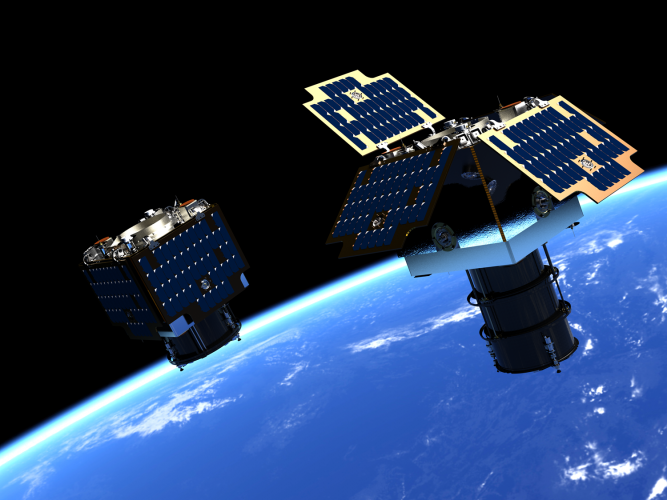
The design of all space hardware tries to minimise two factors: launch weight and launch volume. But for space telescopes, minimising launch volume is particularly tricky, because the physics underlining the operation of telescopes depends on their size – the area of the primary mirror has to be maximised to collect the largest amount of light possible, and the space between primary mirror and secondary mirror is fixed by the size of the primary.
With the Earth observation market growing, and already at the multibillion dollar level, there is a continuous need for more and better space telescopes, and there is a particular need for telescopes which can resolve details on the Earth’s surface of around a metre in size. The new joint project aims to develop a telescope with this capability but the minimum launch volume.
_______________________________________________________________
Further reading
- CubeSats could help calibrate future space telescopes
- UK space: A new world of opportunity
- Interview: Wallis Laughrey, Raytheon’s vice president for Space Systems
_______________________________________________________________
The specific goal of the project is to produce a telescope satellite one third smaller in length and volume than the current state-of-the-art.
To achieve this, the project aims to develop a satellite where the secondary mirror is stowed close to the primary mirror for launch, and then deploying it into its operational position once the satellite has reached orbit.
This will require the ability to perform fine alignment operations to ensure that telescope is producing focused images. The overall goal is to be able to deploy a constellation of identical satellites from a single launch vehicle.
The project will build upon technology developed for SSTL’s Carbonite-2 satellite, which was launched last year and provides low-cost 1 m resolution imagery, but will aim to reduce the size and weight of the satellite




April 1886: the Brunkebergs tunnel
First ever example of a ground source heat pump?